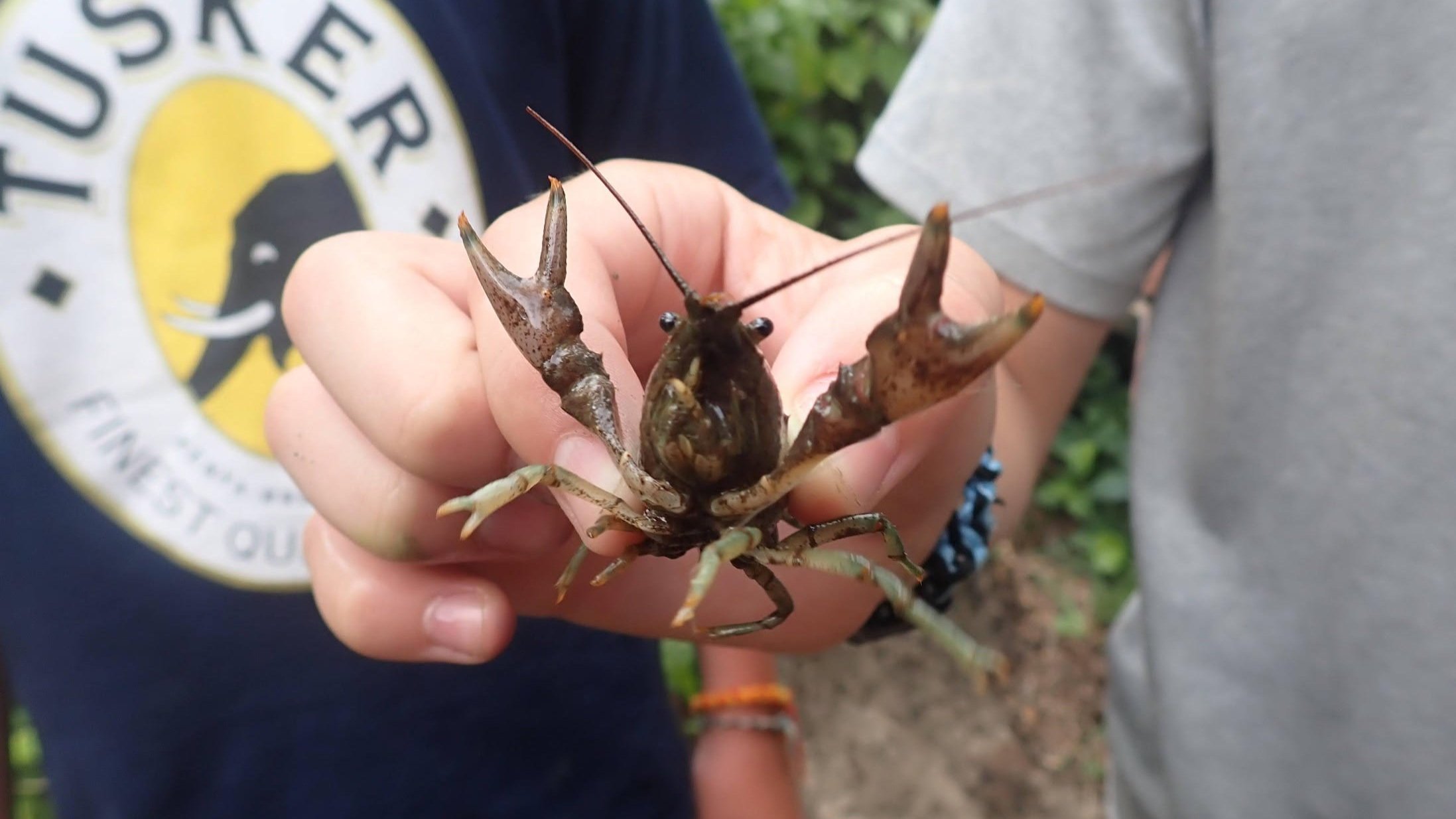Evolution in the Dunes and Beyond
/I have been lucky enough to travel to some pretty remarkable places. Most recently, I visited the Galápagos Islands. About 1000 km off the coast of Ecuador, the Galápagos are an archipelago situated in the Pacific Ocean. These islands are a “melting pot” of different species. The seismic and volcanic activity that formed the islands continues to shape them today. These processes, along with the extreme isolation of the islands, led to evolutionary patterns that inspired Charles Darwin’s theory of evolution by natural selection.
During my trip, I saw species including the Galápagos giant tortoise, Galápagos penguin, flightless cormorant, and both land and marine iguanas. The lesson I learned after spending time with these beautiful creatures is that animals either adapt and survive, or else risk their extinction when faced with changing conditions.
After leaving the Galápagos and returning back home, my trip gave me a new perspective to view some of the species we find back here, in the Indiana Dunes! Every creature on this Earth is a product of evolution, so why don’t we take a closer look at some of the wonders we have close to home?
Here at the Indiana Dunes, we are graced by the presence of a special little reptile called the six-lined racerunner. This lizard can dart across the sand at up to 18 miles per hour—almost as fast as an Olympic sprinter! When we think of lizards, they tend to be in warmer habitats. But wait, the Indiana Dunes isn’t warm all year round…how does this creature survive the colder months? Well, another adaptation that this creature has to help them survive is the ability to bury themselves underground and hibernate for 9 months of the year. Yes. You read that right. Racerunners are typically only active from June through August. No wonder they can run so fast, they must be pretty well rested.
The wonders of the Indiana Dunes don’t stop there! We are so lucky to be surrounded by animals with diverse evolutionary traits. The red fox has ears so sensitive that they can hear a mouse scratching a leaf 150 feet away. Spring peepers are very tolerant of cold conditions, withstanding freezing during winter hibernation due to a natural “antifreeze” in their blood. And it doesn’t stop with animals. We have some pretty special plants here too. In some of the bog habitats, you can find carnivorous plants! These are plants that feed on small insects thanks to their clever adaptations.
These, and so many other creatures, are the (not so) small wonders I love to point out to visitors during our programs. There is always something new to learn, even about the species we most commonly think about.
I am eternally grateful for the experiences I have outside of my Indiana bubble, but boy, is it something special to look closer at what surrounds me near home and remember that this, too, is a unique and special place.
Bella Santana
Environmental Education Fellow











